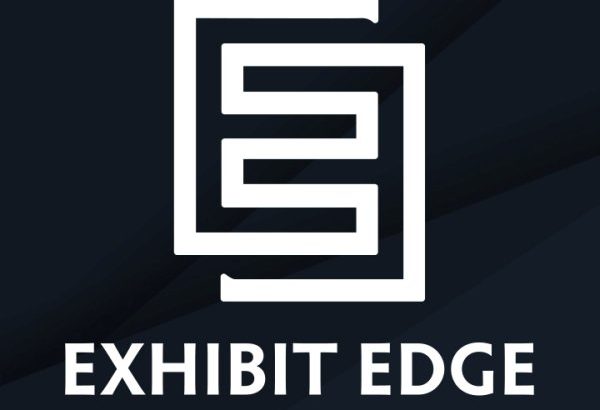Today, we want to go over some additional basic terms associated with an internet order form. They are:
- bandwidth
- shared Ethernet (public or private)
- DHCP
So let’s begin with the first item: bandwidth. Everyone knows that the greater the bandwidth, the better the speed and that is a good thing. But what is bandwidth? Bandwidth is measured in bits. A bit is the short name for a “binary digit”. In computer terms a binary digit is either a “0″ or “1″. A kilobit is 1,000 binary digits and a megabit is 1,000,000 binary digits. Bandwidth is the number of bits, or binary digits that are available to download per second.
But how much is enough? That question can drive you crazy when looking at the internet order form. You can spend thousands of dollars to increased bandwidth. So again I ask how much is enough? If you just need basic internet and Internet email then a shared Ethernet connection is probably good enough.
Let’s take a look at three separate bandwidth categories. They are 256 kilobits per second, 512 kilobits per second and finally 1.5 megabits per second. So what can you do with each speed or bandwidth category? With the basic shared rate of 256 Kilobits per second you would do only basic web surfing or internet web email. The next rate of 512 kilobits is a better quality rate but still only for web surfing and email. You would need the last rate of 1.5 megabits for streaming movies, video conferencing, or game consoles. If you are talking about anything in High Definition then you would need at least 4 megabits per second or more.
You can see this and more information on the government website at: https://www.fcc.gov/broadband
The next term, shared Ethernet, is usually the first category on the internet order form and is the least expensive. Shared Ethernet means that you share access to the “backbone,” which is the facilities main internet feed and you share it with other exhibitors on the floor. Your internet speed is directly related to the number of users with access to the backbone at the same time. The internet form usually posts the lowest broadband rate at 256 kilobits per second for this service. The backbone may have a 10 megabit service to start, which is exceptional, but it will be diluted by the number of simultaneous users.
A public Ethernet connection is usually a DHCP connection. That means it is basically a plug and play connection that does not require you to configure your computer. For those of you who need to know what DHCP means, it stands for “Dynamic Host Configuration Protocol”. DHCP is very user friendly.
Now a private Ethernet connection will have an IP address and require a password to be submitted before a connection is completed. Private connections can provide a slightly higher download speed at the 512 Kilobit size even though the upload speed stays at 256 Kilobits.
Next week we will go over VPN, wireless and dedicated lines like a T-1 connection.
